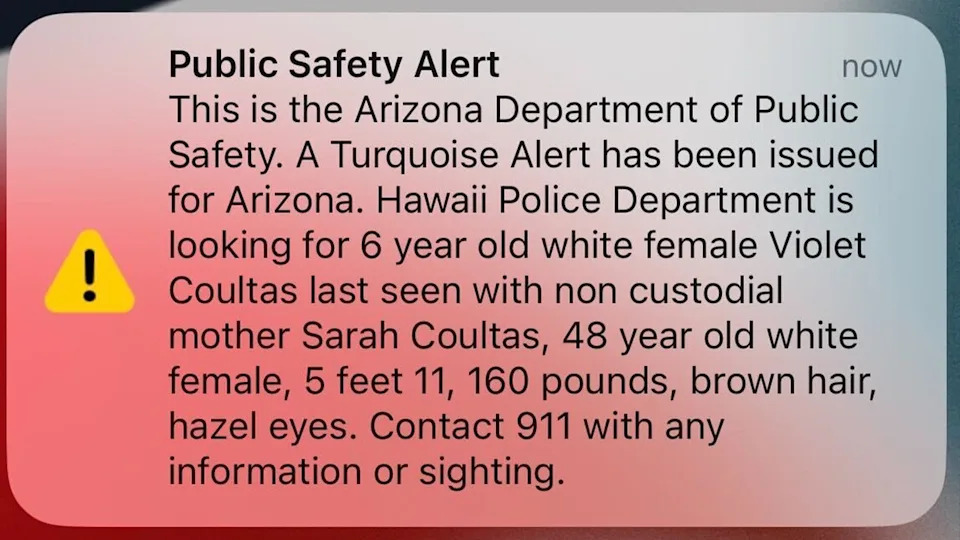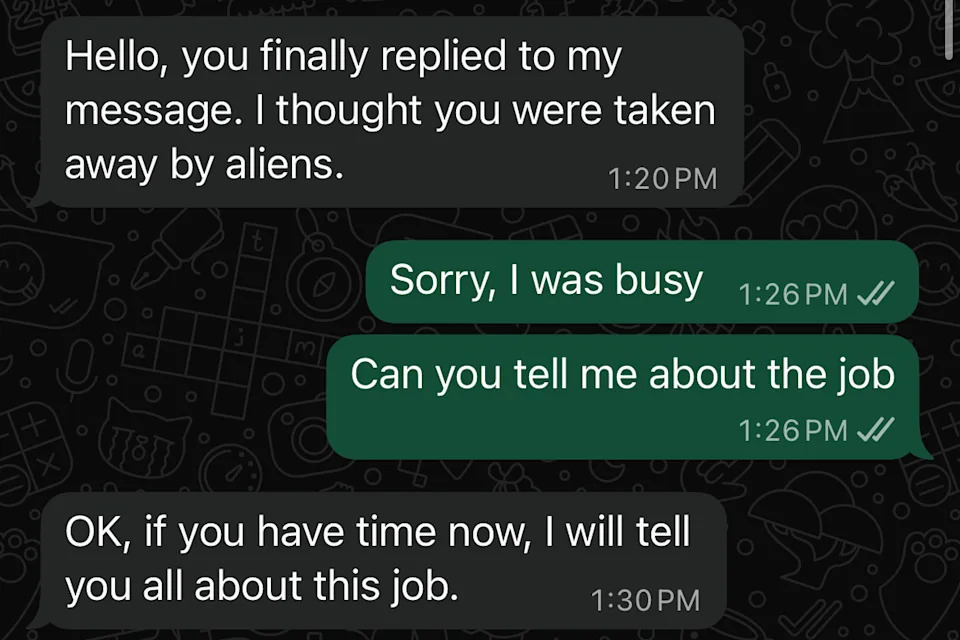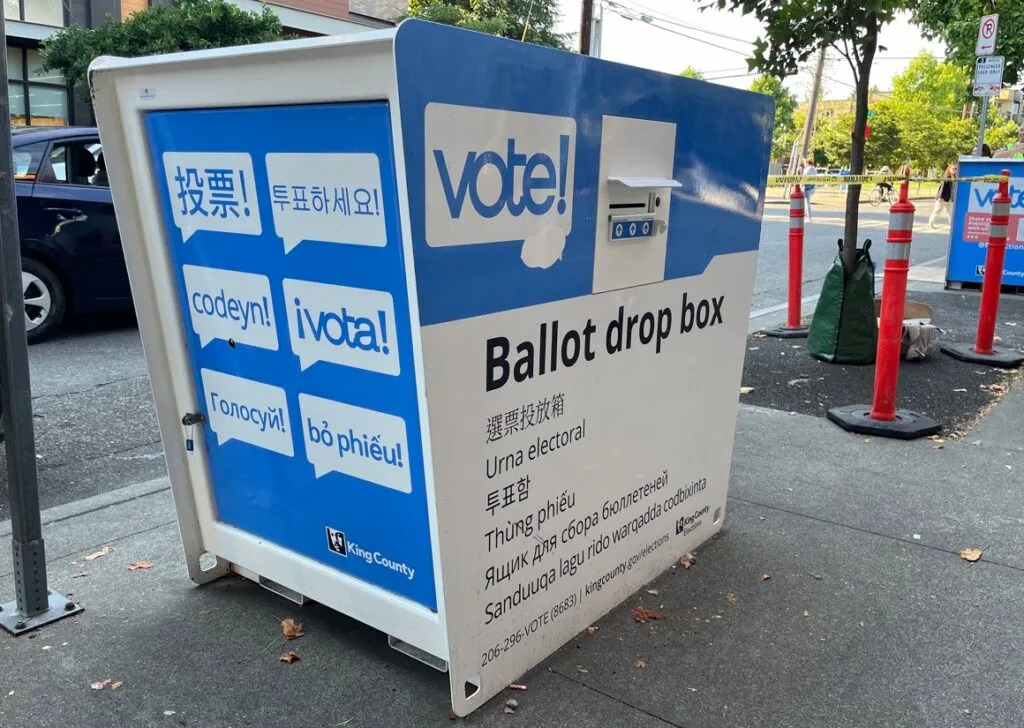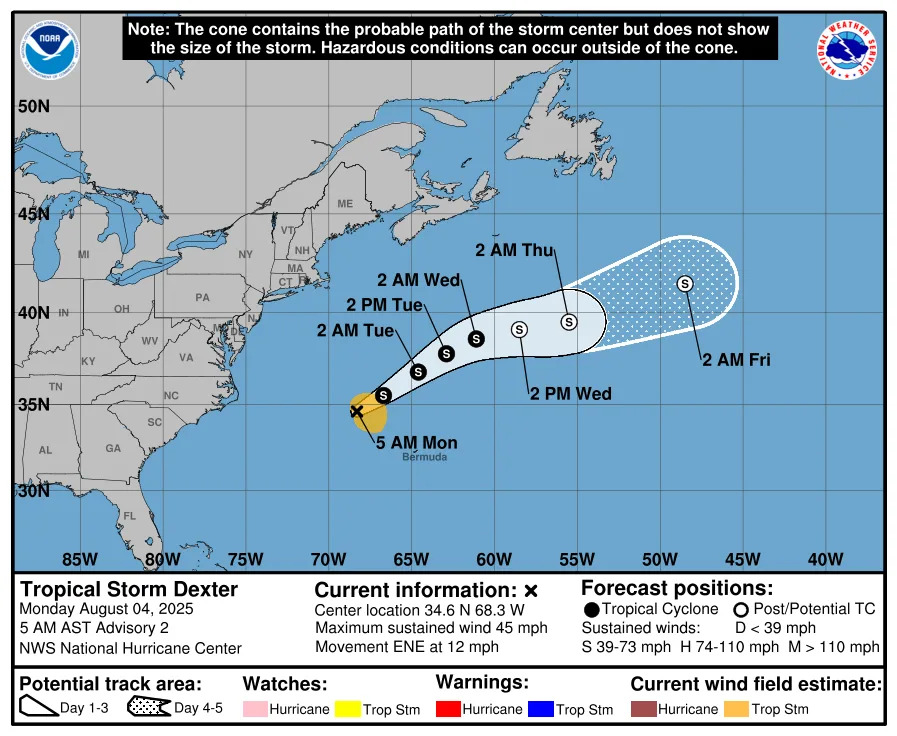PHOENIX - The issuing and subsequent cancellation of the Turquoise Alert in Arizona has sparked discussions over the alert, and the criteria for issuing such alerts.
Here's what to know.
What's Turquoise Alert?
What we know
According to the Arizona Department of Public Safety's website, the Turquoise Alert is a notification system that "provides immediate information to the public through issuing and coordinating alerts using various resources following the report of a missing endangered person, including tribal members, who is under the age of 65 and specific activation criteria are met."
The backstory
The Turquoise Alert was established in 2025 as part of Emily's Law. The legislation, which was signed into law by Governor Katie Hobbs in late May, was named in honor of Emily Pike, a 14-year-old member of the San Carlos Apache Tribe whose body was found along a stretch of U.S. 60 about 19 miles north of Globe.
Pike was found dead on Valentine's Day 2025, just months before Gov. Hobbs signed the bill that we now know as Emily's Law.
What's the criteria for issuing a Turquoise Alert?
Dig deeper
DPS officials listed the following criteria on their website for issuing a Turquoise Alert:
· The missing person is under the age of 65.
· The law enforcement agency investigating the missing person report has used all available resources locally, like checking alternate homes, checking hospitals, and using cell phone location systems, among other resources.
· The person went missing under unexplained or suspicious circumstances, and is not missing solely because they are a runaway.
· The missing person is in danger, in the company of a potentially dangerous person, or there are other factors that indicate the missing person may be in peril.
· There is information that could assist in recovering the missing person safely, if such information is distributed to members of the public.
How are Turquoise Alerts distributed?
Big picture view
DPS officials say Turquoise Alerts can be distributed via the Emergency Alert System, Wireless Emergency Alerts, all-points bulletin broadcasts to members of law enforcement, the DPS website, various social media sites, and in some cases, freeway message boards that are operated by ADOT.
What led to July 23's Turquoise Alert?
Big picture view
Per information released by DPS on July 23, 6-year-old Violet Coultas of Hawaii was last seen with her non-custodial mother, 48-year-old Sarah Coultas, at Phoenix Sky Harbor Airport on the night of July 12.
DPS officials have confirmed that this is the first time a Turquoise Alert was activated in Arizona.

The two were found at 1:00 a.m. on July 24 at a women's shelter in the Cottonwood area, according to officials. Sarah was subsequently taken into custody.
According to officials with the Hawaii Police Department, she was wanted in a custodial interference case.
What are officials saying about the Turquoise Alert activation?
The other side
DPS officials are calling the Turquoise Alert activation on July 23 a success.
"Over 30 calls we received in a short amount of time, possible sightings, and we're talking anywhere in the state," said Arizona DPS Alerts Coordinator Kelsey Commisso.
Commisso said Hawaii Police Department requested the Turquoise Alert, after they exhausted all of their resources. She also talked about the difference between the Turquoise Alert and AMBER Alert.
"The Turquoise Alert is essentially meant for people that fall outside the criteria for AMBER Alert, and the Turquoise Alert kind of fills in the gap," Commisso said. "One of the major differences in those two alerts is the individual being in the company of a potentially dangerous person, and based off the information that was provided to us by Hawaii PD and historically the cases that they had, they were able to give us enough information that we could confidently articulate that we felt there was a sense of urgency in the recovery."
Officials also addressed other confusion surrounding the Turquoise Alert that was issued Wednesday night, as the Turquoise Alert was initially billed as notifications for missing indigenous people. In the alert, Violet was identified as a white person.
As it turns out, amendments made to the bill expanded the alert to include more people.
"Over the legislative process and modifications and amendments, that initial proposal to have an alert for our indigenous members of our community, they decided to broaden that scope," said Commisso.
How many types of alert are there in Arizona?
Local perspective
DPS's website lists four alert programs for Arizona: Amber Alert, Blue Alert, Silver Alert, and Turquoise Alert.
AMBER Alert
AMBER (America's Missing: Broadcast Emergency Response) Alerts are issued when a child under 18 has been abducted, and a number of other conditions are met.
Per a statement issued in 2012 by the Arizona Department of Transportation, the AMBER Alert program was created in 1996, and Arizona issued its first AMBER Alert in 2002.
Blue Alert
DPS officials say Blue Alerts provide "immediate information to the public through issuing and coordinating alerts using various resources following a violent attack upon a law enforcement officer." Like the other alerts, a number of criteria have to be met before a Blue Alert is issued.
Blue Alerts have been issued in the state at least twice in recent years: in 2020 and 2022.
Silver Alert
DPS's website states that authorities activate the Silver Alert when a person who is considered to have certain cognitive or developmental disabilities under law, in addition to those 65 or over, goes missing.
In a statement related to the Turquoise Alert that was released on July 10, officials with Governor Katie Hobbs' office say the Silver Alert will be renamed to the Seek and Find Emergency (SAFE) Alert on Sept. 26, 2025.








Comments